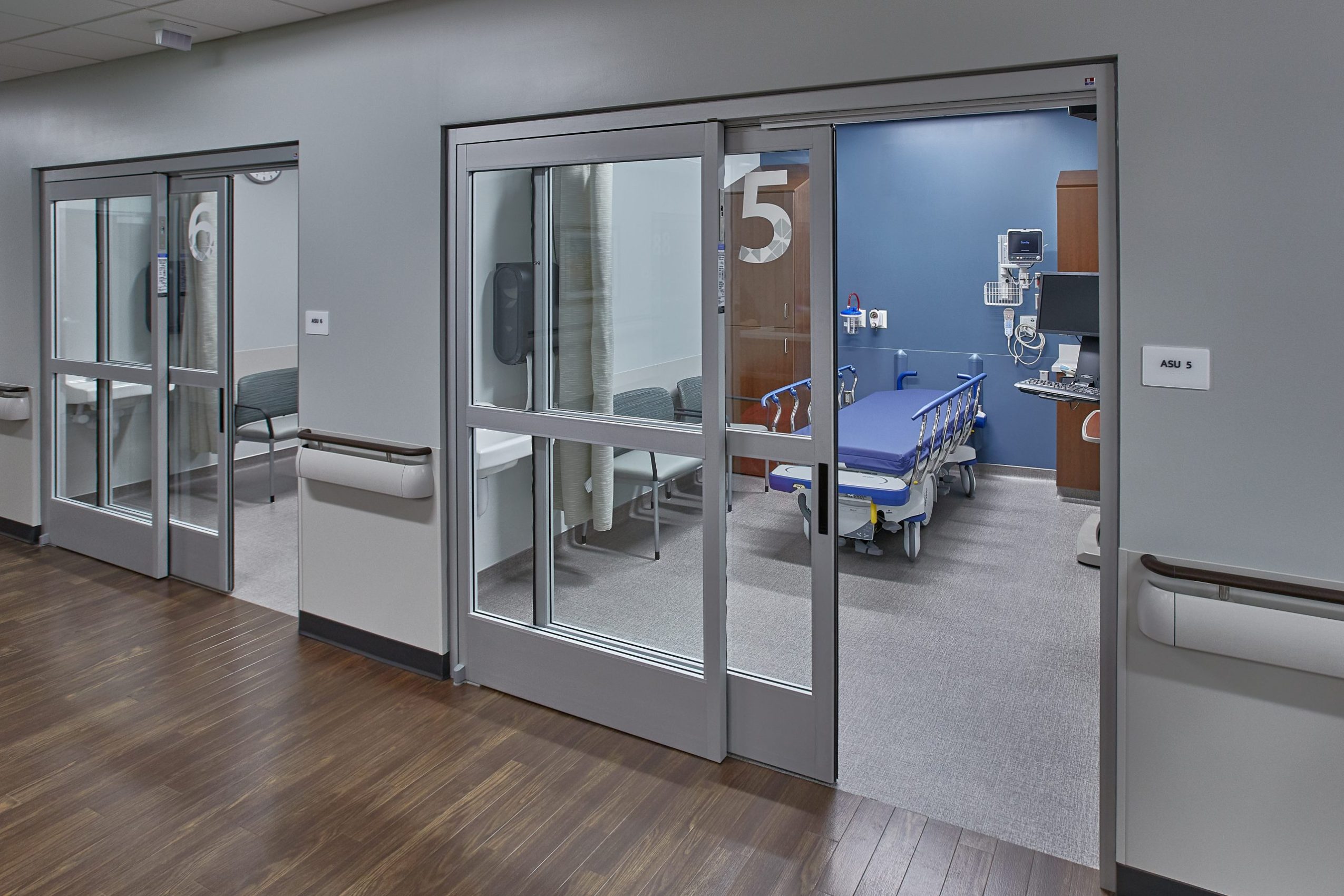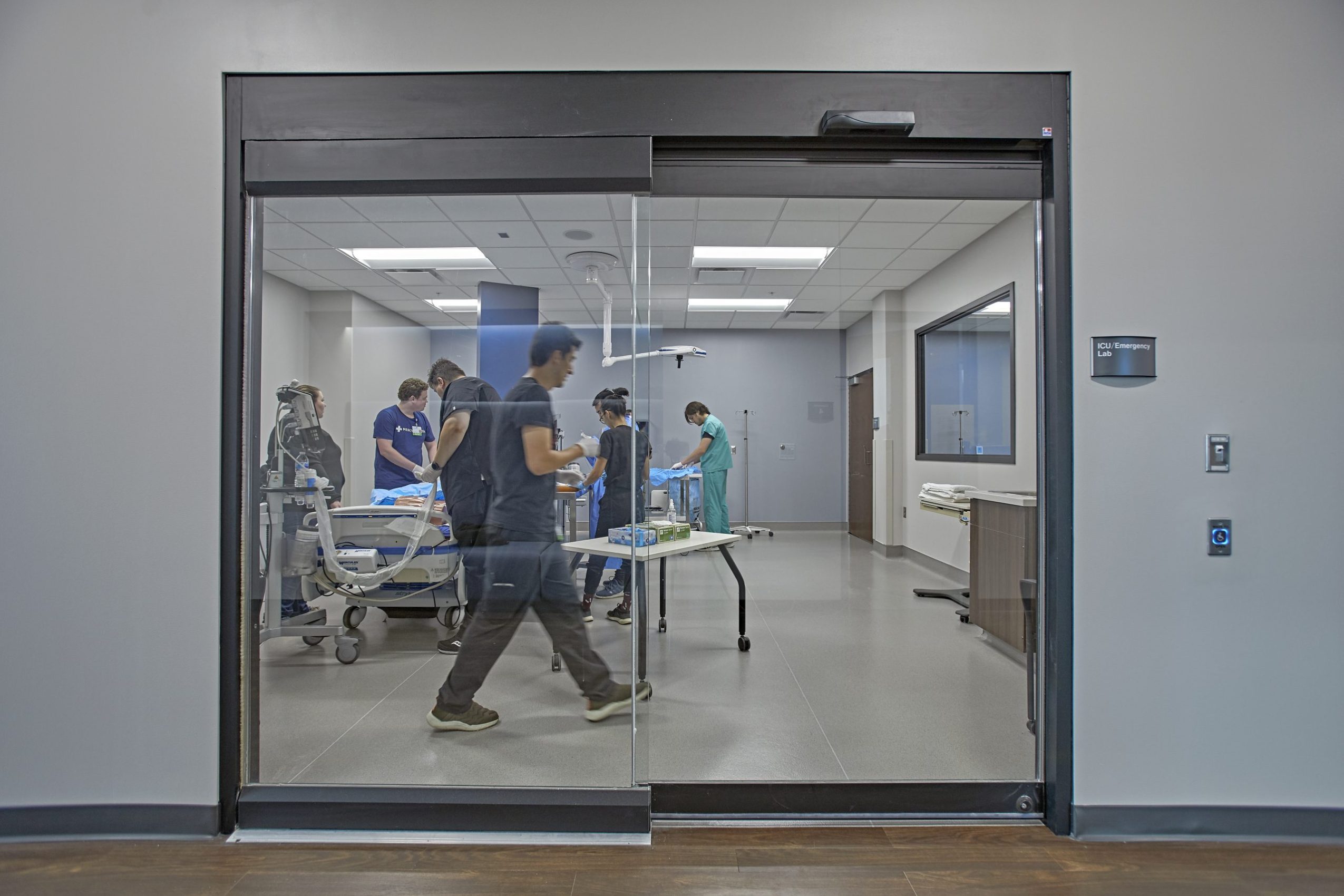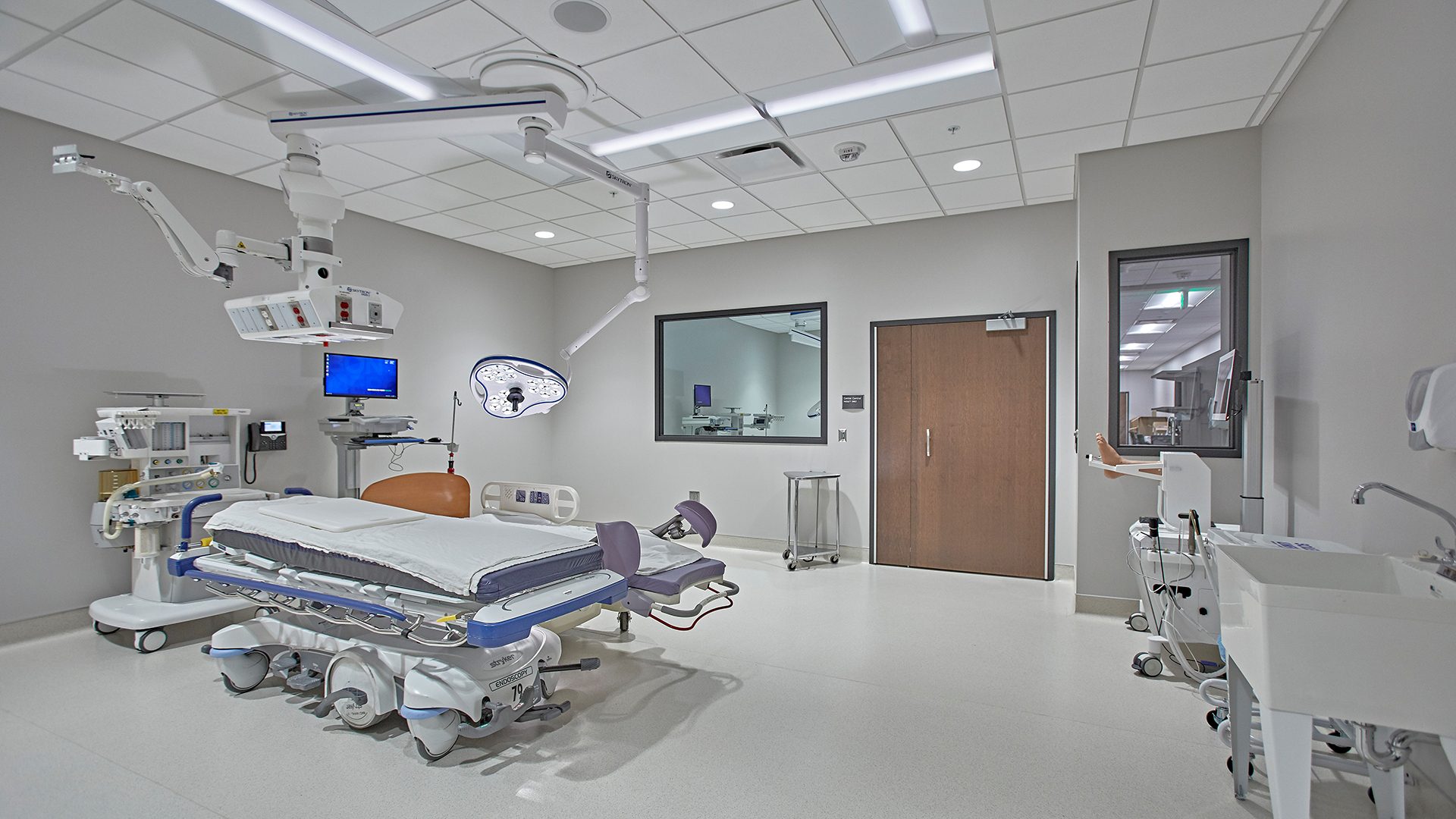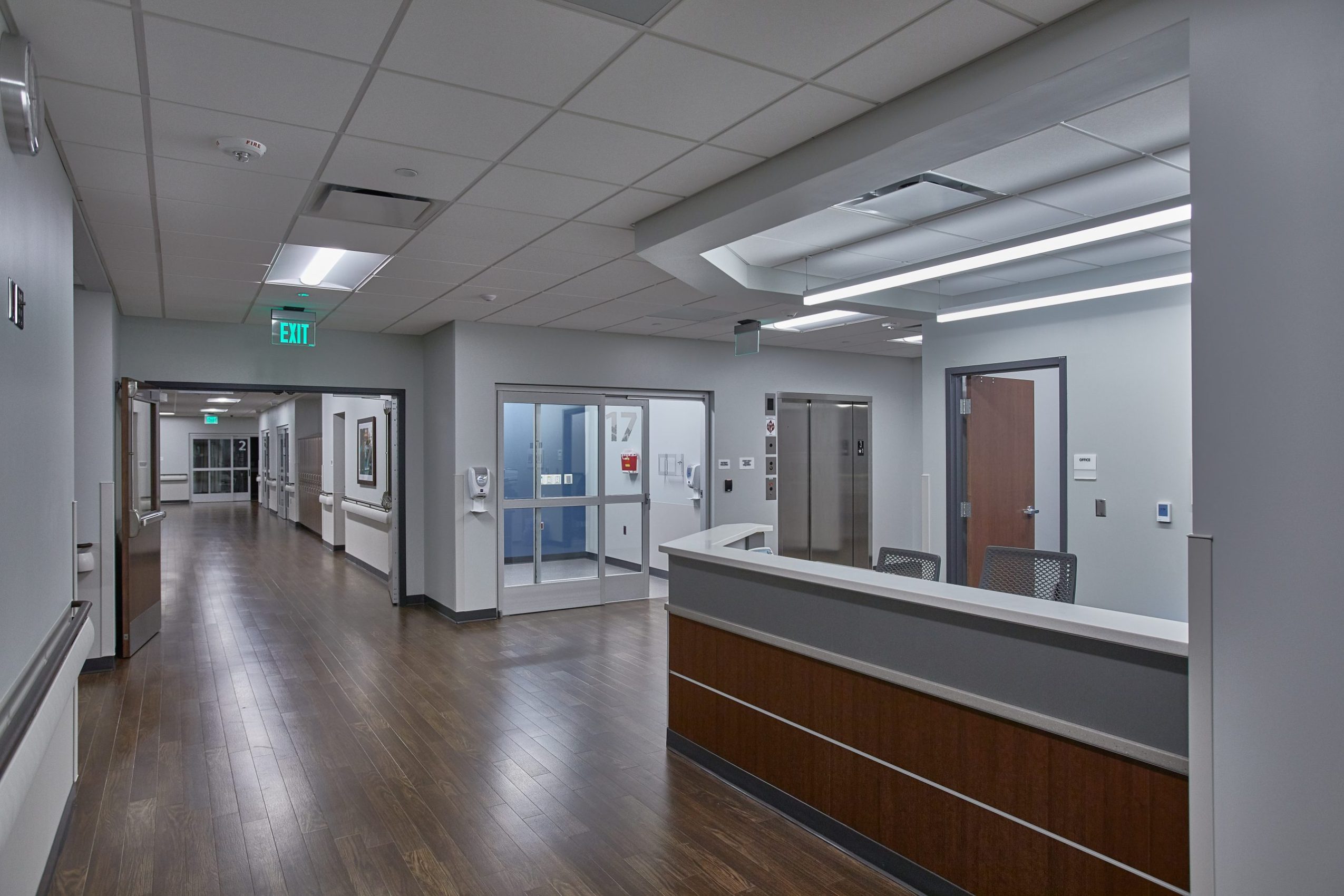The Deadline Rapidly Approaches: Negative Air Pressure Rooms in Healthcare
By Craig Scully PE, LEED AP
April 5, 2022Post Tagged in
 |
Many things changed rapidly when the pandemic was in full swing, especially in hospitals and medical facilities. People were working to provide the best care that they could to patients and those suffering from COVID-19. Now that cases are declining (according to the CDC, the current 7-day moving average of daily new cases (30,040) decreased 16.6% compared with the previous 7-day moving average (36,010) as of March 16, 2022), restrictions are being lifted as the world is adjusting to its “new normal.”
|



